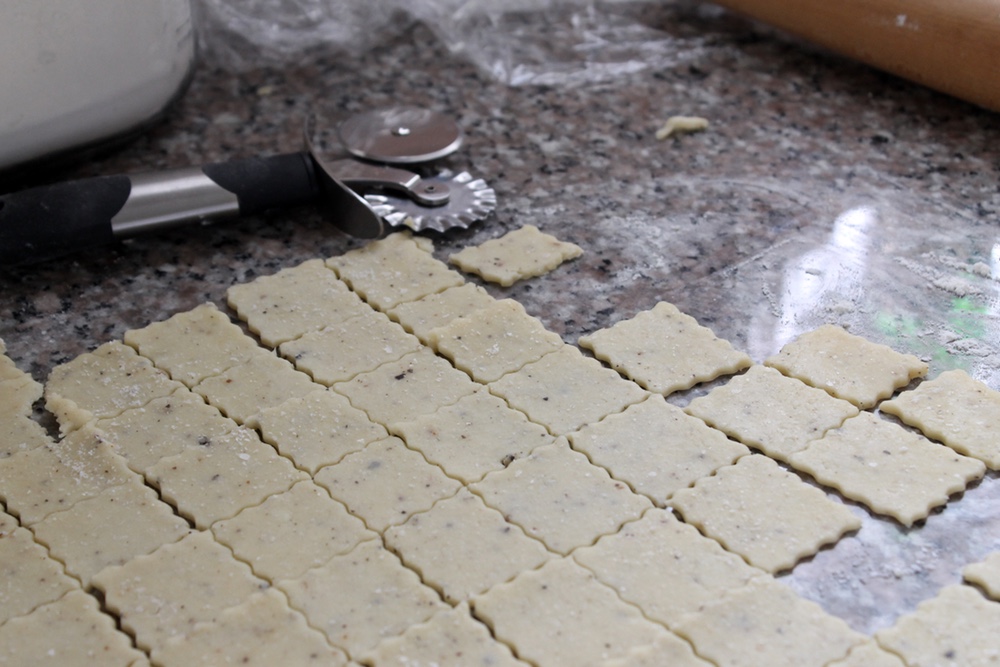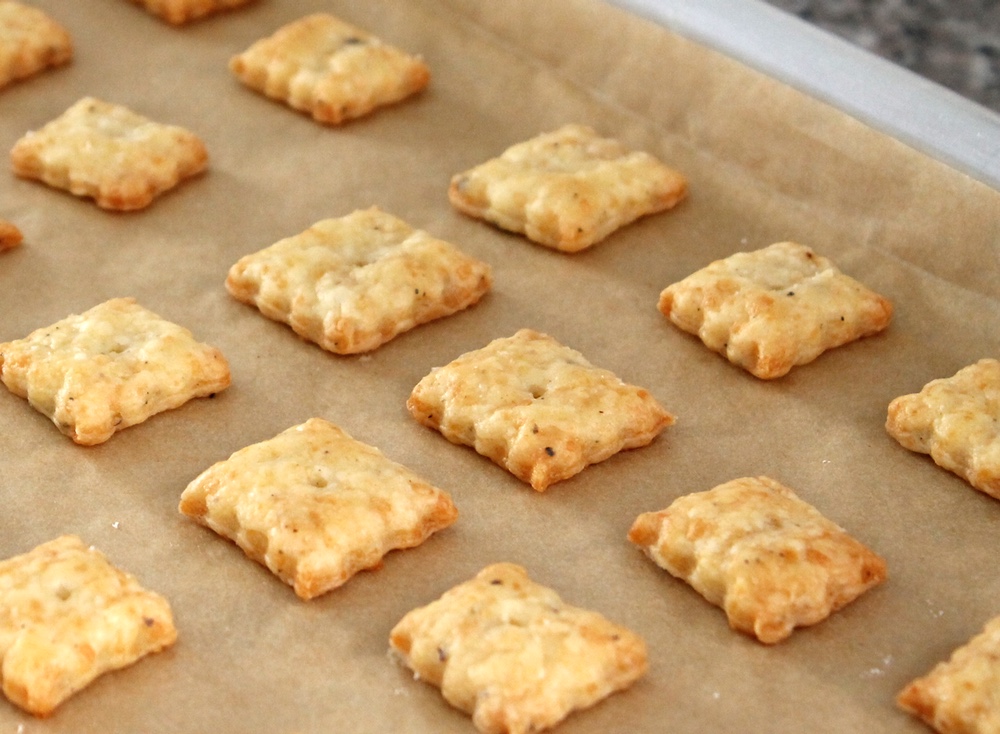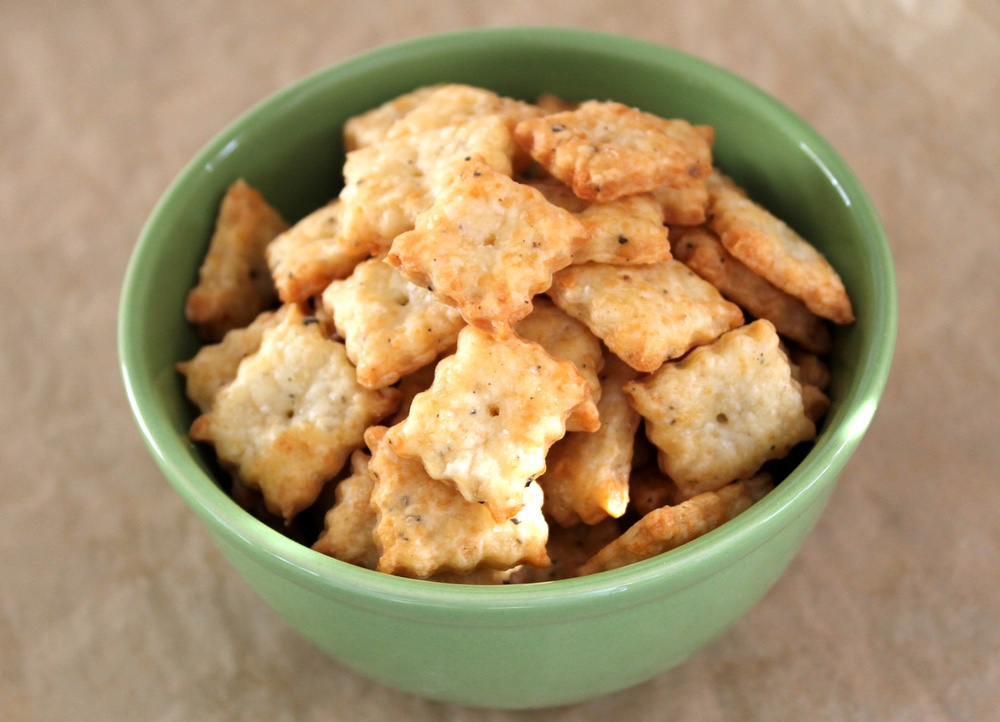
When I was a kid, I had a borderline obsession with White Cheddar Cheez-It crackers. I actually wouldn’t even touch the standard orange variety — their bright color simply couldn’t compete with that finger-licking white powder coating each of my favorite crackers. I’ve stopped buying Cheez-Its myself (they’re dangerous to have in the kitchen), but I’ll still gladly dig into a box should it appear at a friend’s house.
Even better than these clandestine nibbles are cheese crackers made at home. Sure, they may not come coated in cheese powder, but their flavor is unmatched by anything you can find in the store. Plus, you can customize the cheese blend, as well as add any flavorful accoutrements, as you see fit. Homemade crackers seem intimidating, but they're basically just savory cookies — something anyone can make. Plus, a jar of these crackers makes a great stocking stuffer or hostess gift for the holidays.
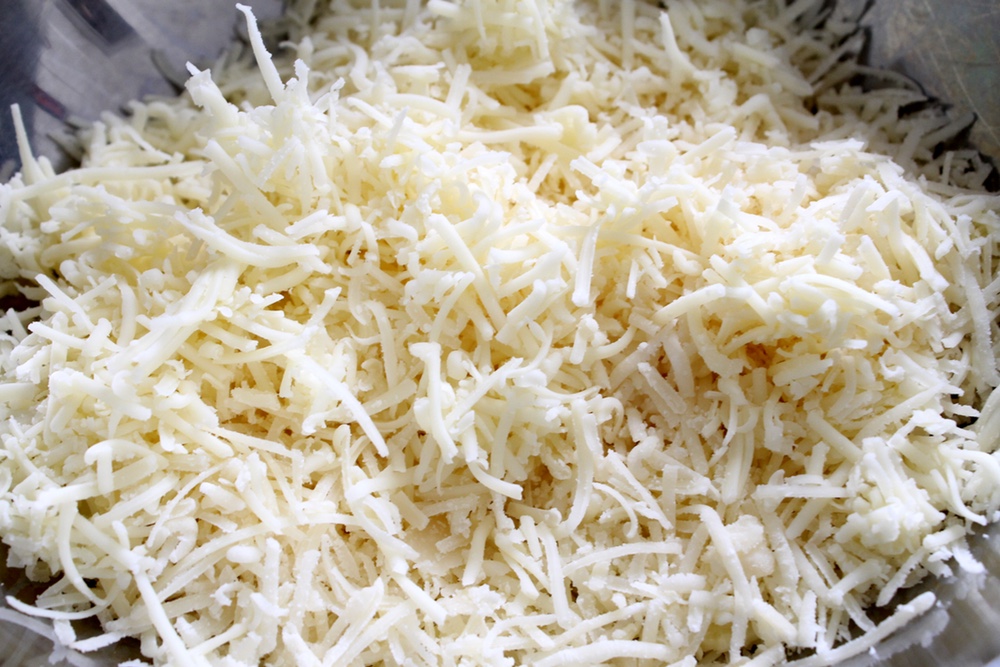
Start by gathering your cheese. I like to use a mix of sharp white cheddar for nostalgia’s sake and Parmesan for its salty aged flavor. You can use a different mix if you prefer, but don’t go overboard with soft cheeses like blue, chevre, or mozzarella. The crackers won’t hold up as well. Finely grate the cheese to make sure that it fully incorporates into the cracker dough.
From here, the cracker recipe proceeds just like cookies: First, cream butter together with the cheese. A stand mixer makes the dough super easy to throw together, but you could make it by hand if you don’t have a mixer. I also like to add salt and a hefty dose of cracked black pepper. The pepper is an excellent foil to the salty, creamy cheese, but feel free to go crazy with whatever spices you like. Smoked paprika would taste great, as would herbes de Provence.
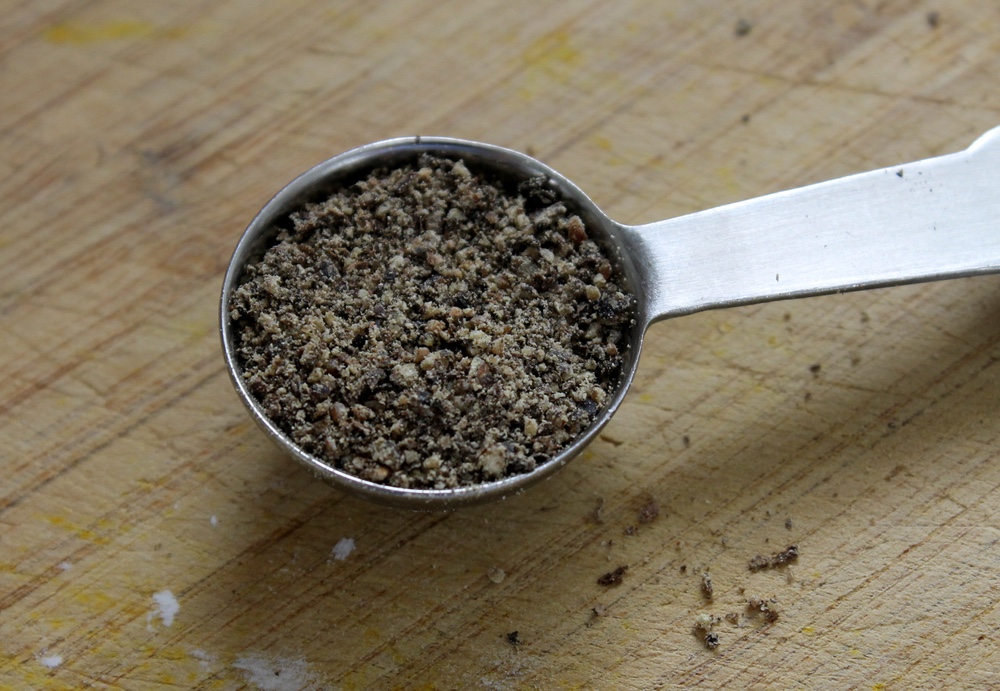
Next, mix in the dry ingredients. I use a blend of all-purpose flour and cornstarch. Why? The cornstarch lowers the gluten content of the dough. Unlike cookies, these crackers don’t contain a ton of butter, which coats the flour and prevents long strands of gluten from forming. Long gluten strands equal tough crackers — not a good thing. Adding a bit of cornstarch makes up for the low amount of butter, and it keeps the crackers crisp and light.
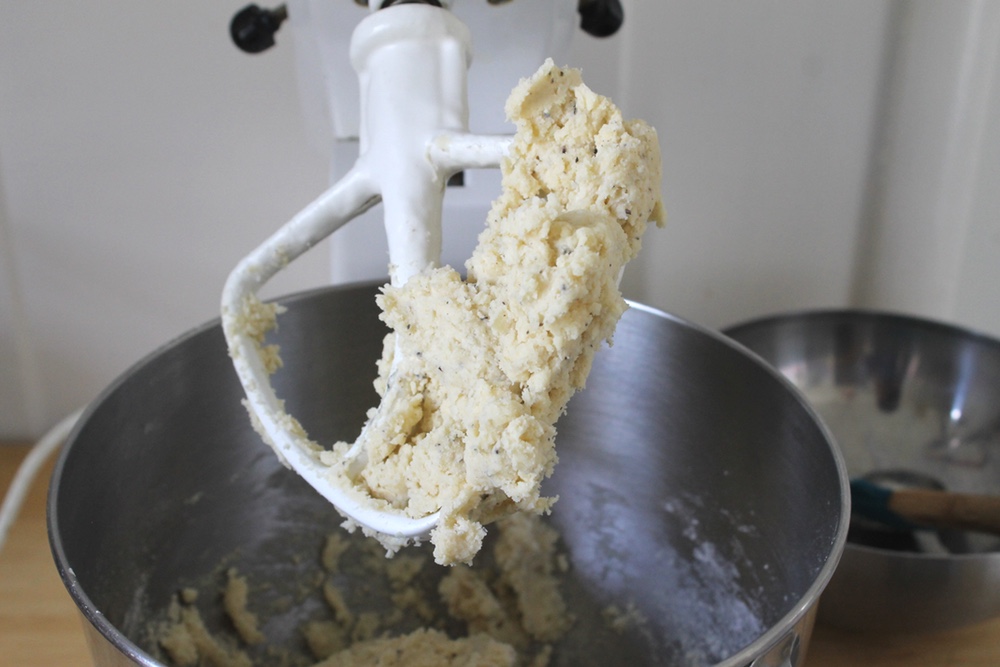
Once the flour is mixed in, you’ll need to add a bit of water to bring the dough together. Start with two tablespoons and only add more if the dough needs it. Turn the dough out onto a floured counter, shape it into a disk, wrap it in plastic, and transfer it to the fridge to chill.
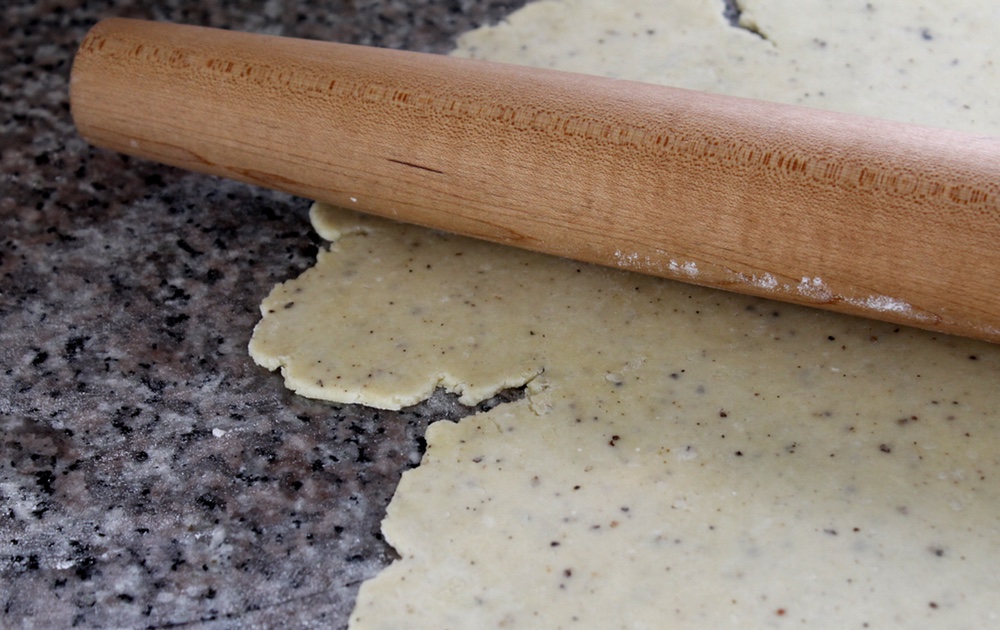
After about half an hour, the dough should be ready to go. Use a rolling pin to roll the dough out into a rough rectangle that measures 1/8 inch thick. The shape of the dough isn’t terribly important, but the thickness is. Evenly rolled dough makes for evenly cooked crackers. Now sprinkle the dough with a little more salt, and use the rolling pin to lightly press it into the dough.
